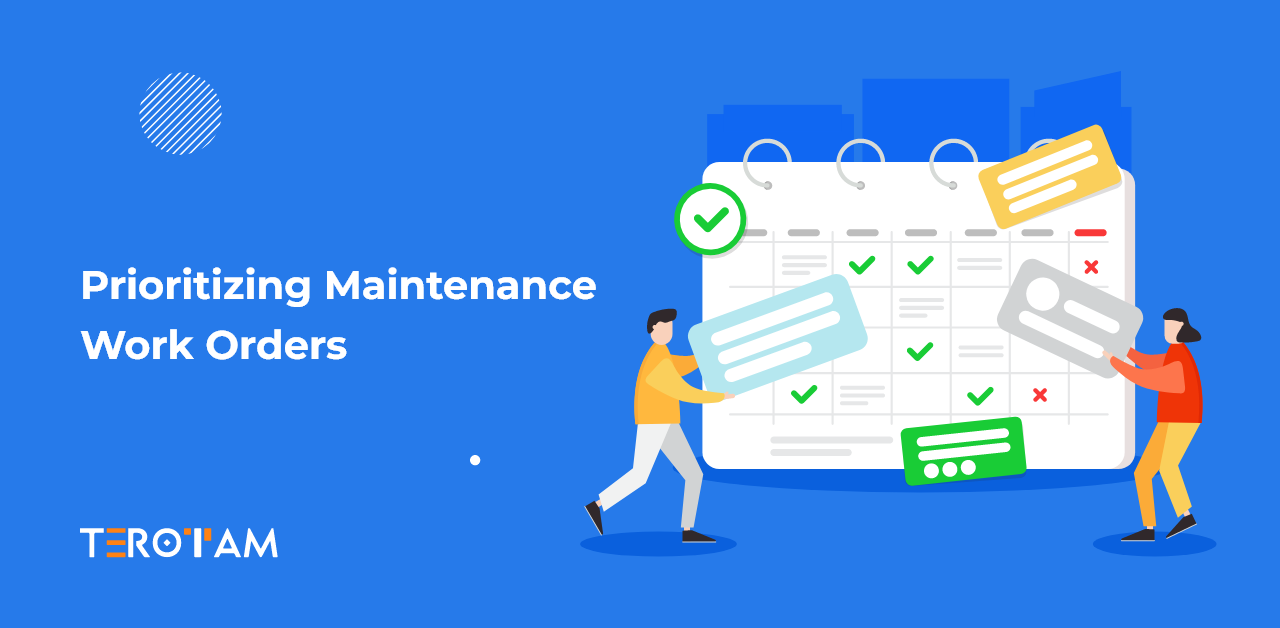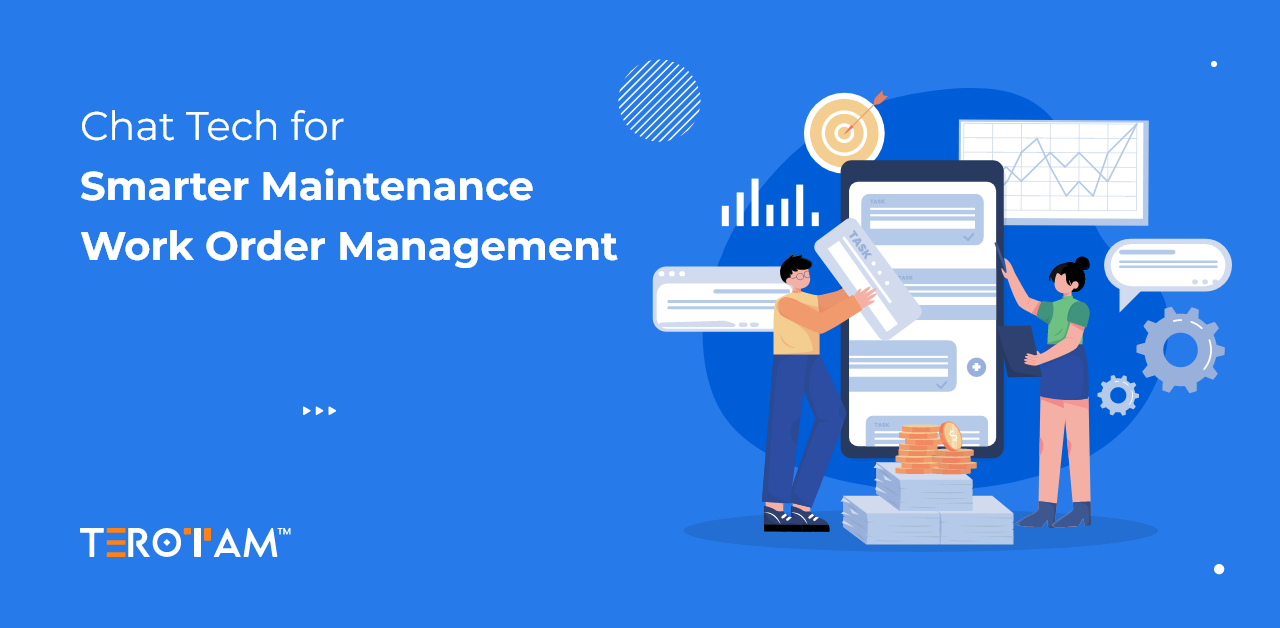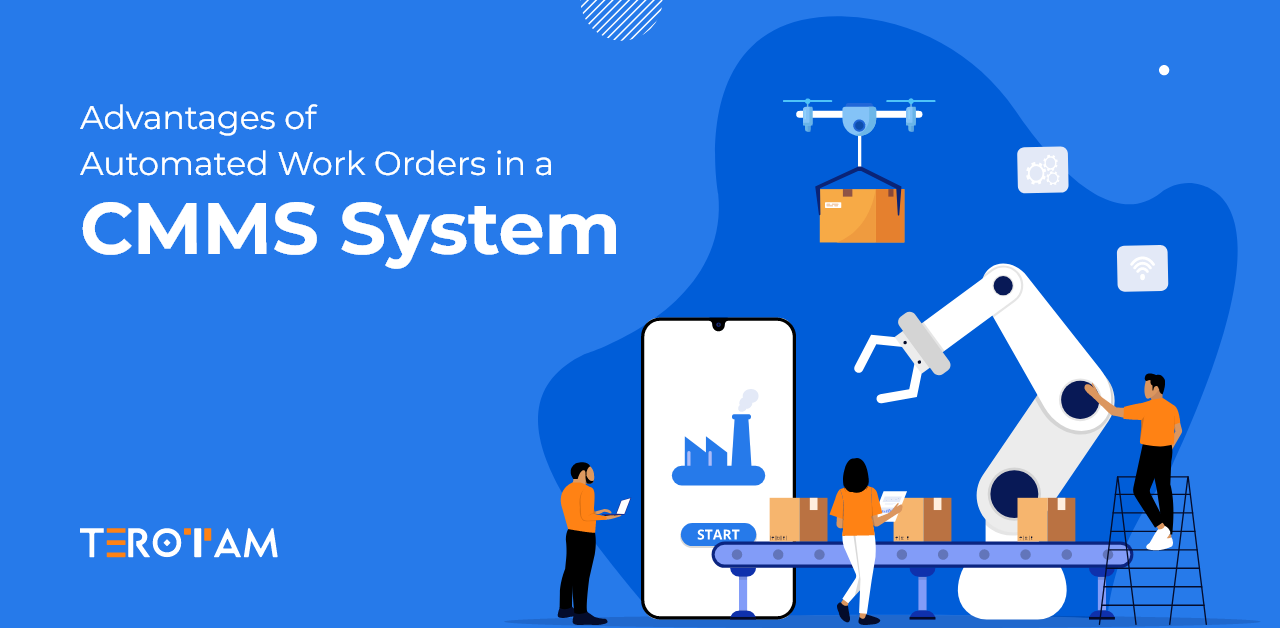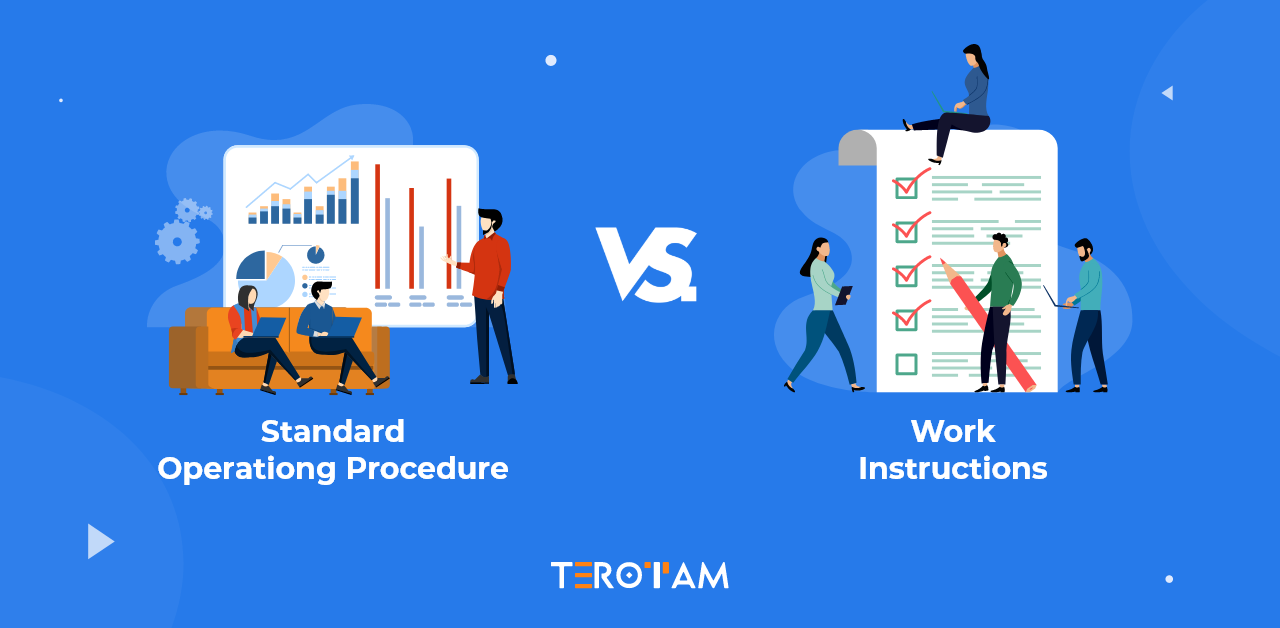Maintenance work orders form the backbone of any efficient asset management system, ensuring equipment and facilities remain operational. However, managing a growing list of work orders can pose significant challenges, particularly when resources are limited or emergencies arise. Failure to prioritize tasks effectively can lead to safety risks, operational breakdowns, and rising repair costs that directly impact business performance.
Prioritizing maintenance work orders helps streamline operations and ensures that resources are allocated to tasks with the greatest impact. Teams can address urgent issues promptly, optimize workflows, How to prioritize maintenance work orders?and enhance productivity while reducing downtime.
This article explores key factors to consider when prioritizing work orders, outlines a step-by-step approach to implementation, and highlights the benefits of a structured prioritization system.
Importance of Work Order Prioritization
Work order prioritization plays a critical role in maintaining operational efficiency and ensuring that maintenance efforts deliver maximum impact. A well-prioritized system addresses high-risk and time-sensitive tasks first, preventing potential equipment failures that could disrupt operations. It enables teams to focus on resolving critical issues, minimizing downtime, and improving overall asset reliability while staying aligned with safety and regulatory requirements.
Neglecting to prioritize work orders can lead to wasted resources, delayed repairs, and increased operational risks. On the other hand, a structured prioritization strategy ensures that maintenance resources are allocated effectively, helping organizations avoid costly breakdowns and extend the lifespan of key assets. Prioritization also improves team productivity by eliminating confusion over task importance and order of execution.
- Prevents operational disruptions caused by delays in addressing critical equipment issues.
- Enhances workplace safety by addressing hazards before they escalate.
- Supports regulatory compliance through timely execution of mandated inspections or repairs.
- Reduces overall maintenance costs by preventing minor issues from becoming major problems.
- Optimizes workforce allocation and ensures efficient use of resources.
- Extends the lifespan of assets through timely and effective maintenance actions.
Challenges in Work Order Prioritization
Prioritizing work orders involves more than simply ranking tasks; it requires careful consideration of various technical, operational, and resource constraints. Maintenance teams often face dynamic environments where unexpected emergencies, resource shortages, and incomplete data can disrupt planned schedules. Without a standardized framework or effective communication channels, aligning priorities with organizational goals becomes difficult. These challenges, if unaddressed, can lead to inefficiencies, increased downtime, and compromised safety standards.
- Conflicting Priorities Across Departments: Maintenance tasks may clash with operational schedules, causing delays or disagreements on task urgency.
- Limited Resource Availability: Insufficient personnel, tools, or spare parts can hinder the timely execution of high-priority work orders.
- Incomplete or Inaccurate Data: Missing information about asset conditions, failure history, or task requirements can lead to improper prioritization.
- Dynamic Operational Environments: Sudden emergencies or equipment breakdowns can disrupt pre-planned prioritization schedules.
- Inefficient Communication: Lack of coordination between maintenance, operations, and safety teams can result in misaligned priorities.
- Overdependence on Manual Processes: Manual prioritization methods are prone to human error, inconsistency, and delays, especially in complex facilities.
- Lack of Standardized Criteria: Inconsistent evaluation frameworks may cause confusion and lead to subjective decision-making.
- Unrealistic Deadlines: Pressure to meet tight schedules can force teams to deprioritize critical but time-consuming tasks.
- Complex Interdependencies: Tasks dependent on the completion of others can create bottlenecks, complicating prioritization.
- Budgetary Constraints: Limited funding for maintenance can restrict the ability to address high-priority tasks promptly.
Steps to Create a Work Order Prioritization System
Creating a structured work order prioritization system is vital for optimizing maintenance operations and ensuring critical tasks are handled effectively. Below is a detailed guide to implementing a technically sound prioritization framework.
1. Define Prioritization Criteria
Establishing clear and consistent criteria is the foundation of effective work order prioritization. Maintenance tasks should be evaluated based on factors such as:
- Safety Impact: Any work order addressing hazards that pose a risk to personnel or the environment must be flagged as critical.
- Operational Criticality: Tasks affecting key equipment or processes essential for uninterrupted operations should rank higher.
- Regulatory Requirements: Maintenance tied to legal compliance or inspections must be addressed promptly to avoid penalties.
- Cost Implications: Delaying tasks that could lead to costlier repairs or replacements must be avoided.
- Assigning weightage to each criterion ensures objective evaluation and consistent prioritization.
2. Implement a Scoring System
Using a numerical scoring model helps quantify the priority of each work order. For instance:
- Safety issues could be rated on a scale from 1 (low risk) to 10 (high risk).
- Urgency might be scored based on the time window available before operational disruption occurs.
- Combined scores from all criteria create a cumulative priority index for each work order.
- This scoring system removes subjectivity and standardizes decision-making across the team.
3. Leverage Technology for Automation
Modern maintenance management systems, such as a Computerized Maintenance Management System (CMMS), simplify prioritization by automating the process.
A CMMS uses predefined criteria to rank tasks in real time and provides insights into task dependencies, deadlines, and resource availability.
Automation reduces manual effort, minimizes human error, and ensures timely execution of high-priority work orders.
4. Categorize Work Orders
Segregating work orders into priority categories streamlines task execution:
- Emergency Tasks: Address immediate safety hazards or critical operational issues (e.g., equipment failures halting production).
- High Priority: Focus on tasks that prevent potential risks, such as maintenance on aging equipment showing signs of wear.
- Medium Priority: Handle non-urgent issues that improve efficiency but do not impact safety or core operations.
- Low Priority: Reserve for cosmetic or minor repairs that have minimal effect on operations.
- This categorization helps teams allocate their time and resources effectively, focusing first on tasks with the greatest urgency or impact.
5. Assess Resource Availability
Evaluating the availability of personnel, spare parts, and tools ensures that tasks are prioritized realistically.
Even high-priority tasks cannot be completed on time if the necessary resources are unavailable. Maintenance planning should include resource audits to align task scheduling with readiness.
6. Conduct Regular Reviews and Adjustments
Operational requirements and maintenance priorities often change over time. Scheduling regular reviews of the prioritization framework ensures it remains aligned with organizational goals.
Feedback from maintenance teams and operational data should inform updates to criteria, scoring methods, or resource allocation.
7. Communicate with Stakeholders
Work closely with cross-functional teams, including production managers, safety officers, and compliance personnel, to align maintenance priorities with broader business objectives. Stakeholder input provides critical insights into which tasks have the highest operational impact, fostering a collaborative approach to prioritization.
8. Track and Monitor Execution
Tracking task completion and analyzing performance metrics are essential for evaluating the effectiveness of the prioritization system.
Key performance indicators (KPIs) such as task response time, downtime reduction, and compliance rates provide measurable feedback. Data-driven refinements ensure continuous improvement in the system.
How CMMS Systems Help You Prioritize Maintenance Work Orders?
A Computerized Maintenance Management System (CMMS) streamlines the prioritization of maintenance work orders by automating the process, ensuring that tasks are ranked according to predefined criteria such as urgency, safety risk, and asset criticality. This automation eliminates human error, providing a consistent and objective prioritization method that aligns with operational goals.
With real-time data integration, a CMMS offers immediate insights into asset conditions, equipment performance, and maintenance histories. These insights help maintenance teams identify tasks that will have the most significant impact on reliability, enabling more informed decisions on which work orders to prioritize for optimal operational efficiency.
Furthermore, CMMS platforms centralize task management, resource scheduling, and communication, allowing maintenance teams to easily track work order statuses and availability of personnel or materials. This real-time collaboration ensures that high-priority tasks are addressed promptly, while emergency situations can be dynamically adjusted within the system to prevent delays or disruptions.
Summing it up
Prioritizing maintenance work orders effectively can transform how your business operates, reducing downtime and enhancing asset performance. A CMMS system brings clarity, efficiency, and real-time insights to your maintenance process, ensuring you stay ahead of critical tasks. Want to experience seamless maintenance management? Get in touch with us at contact@terotam.com and let’s explore how we can optimize your operations together!








